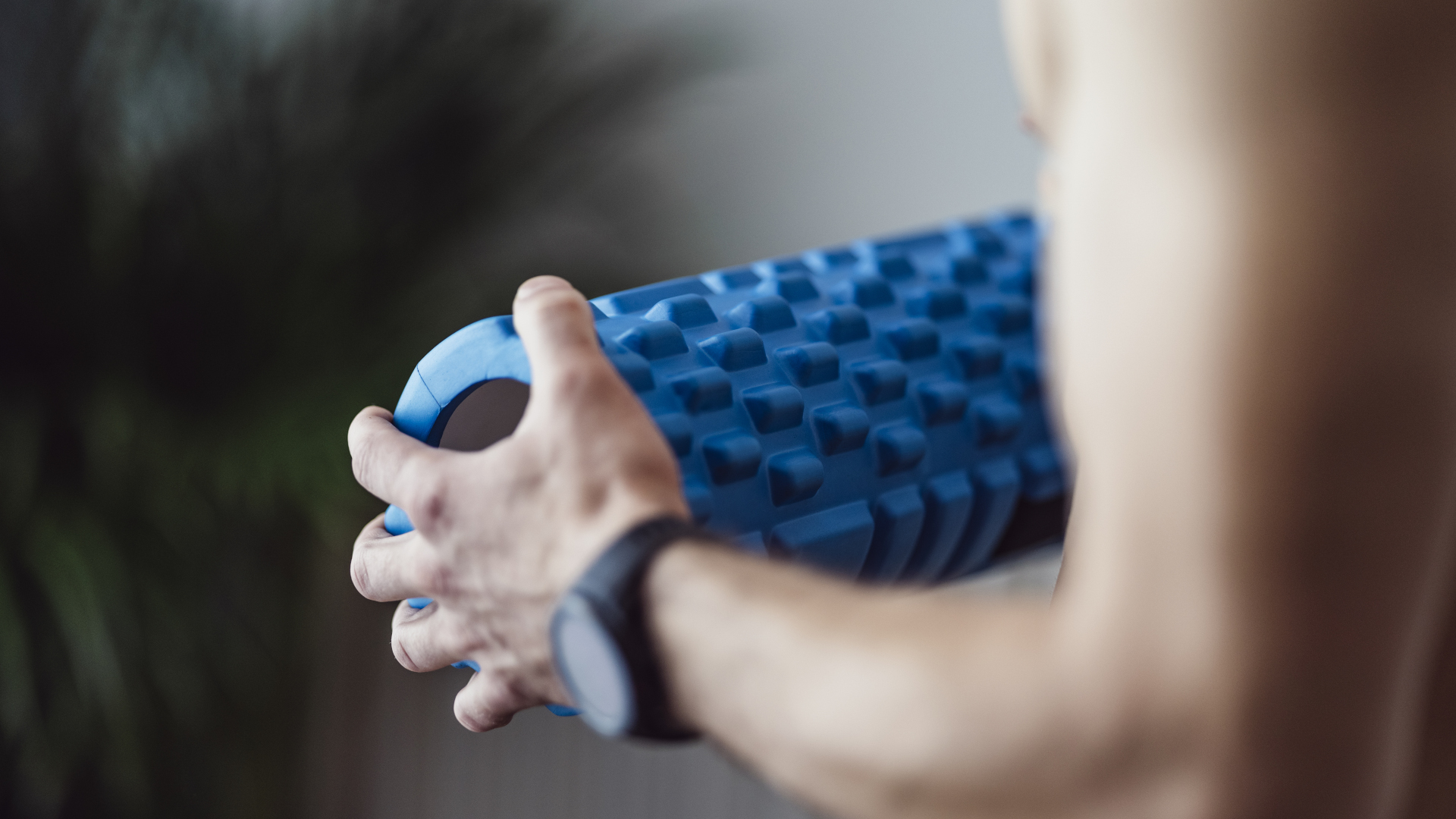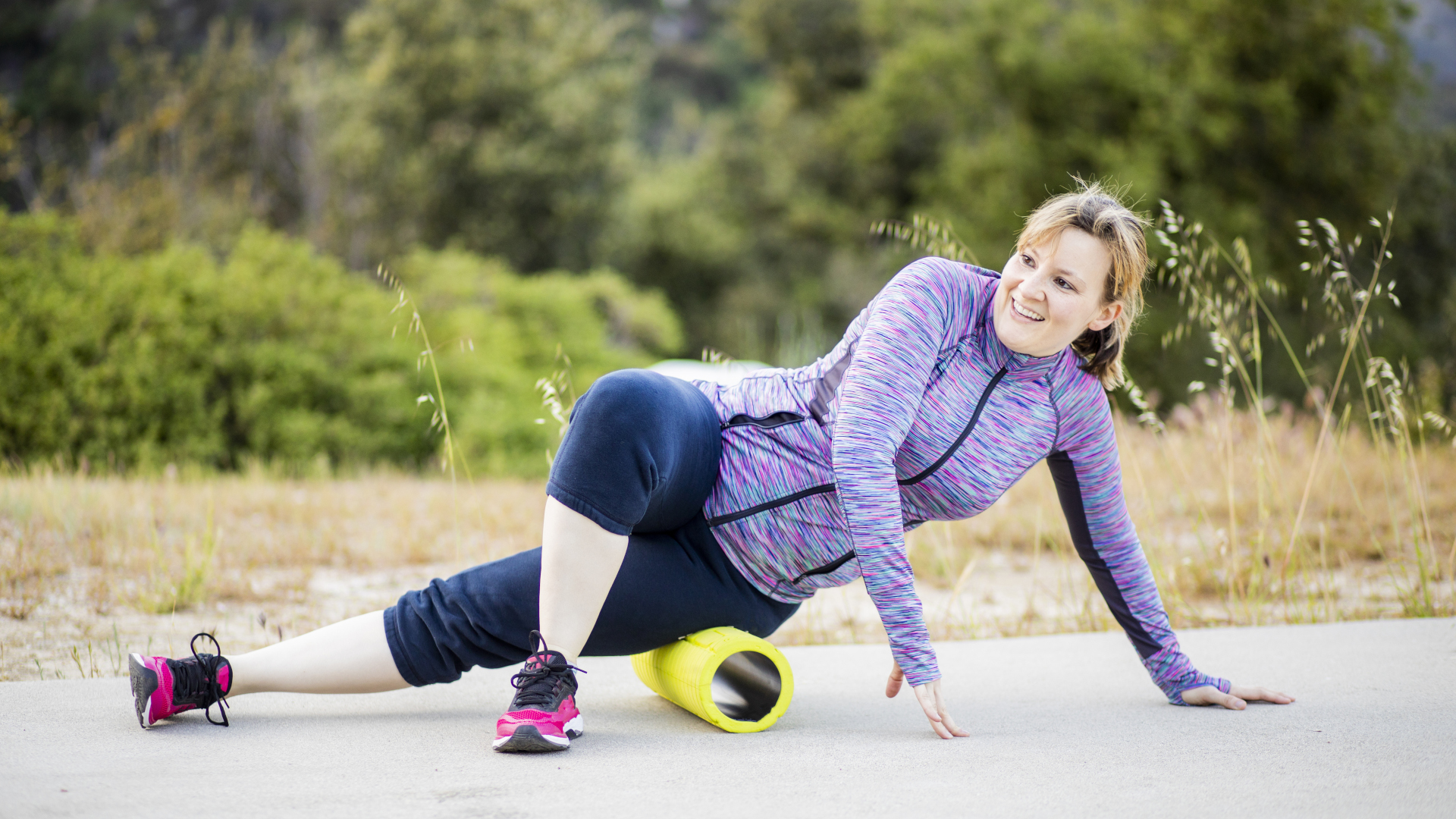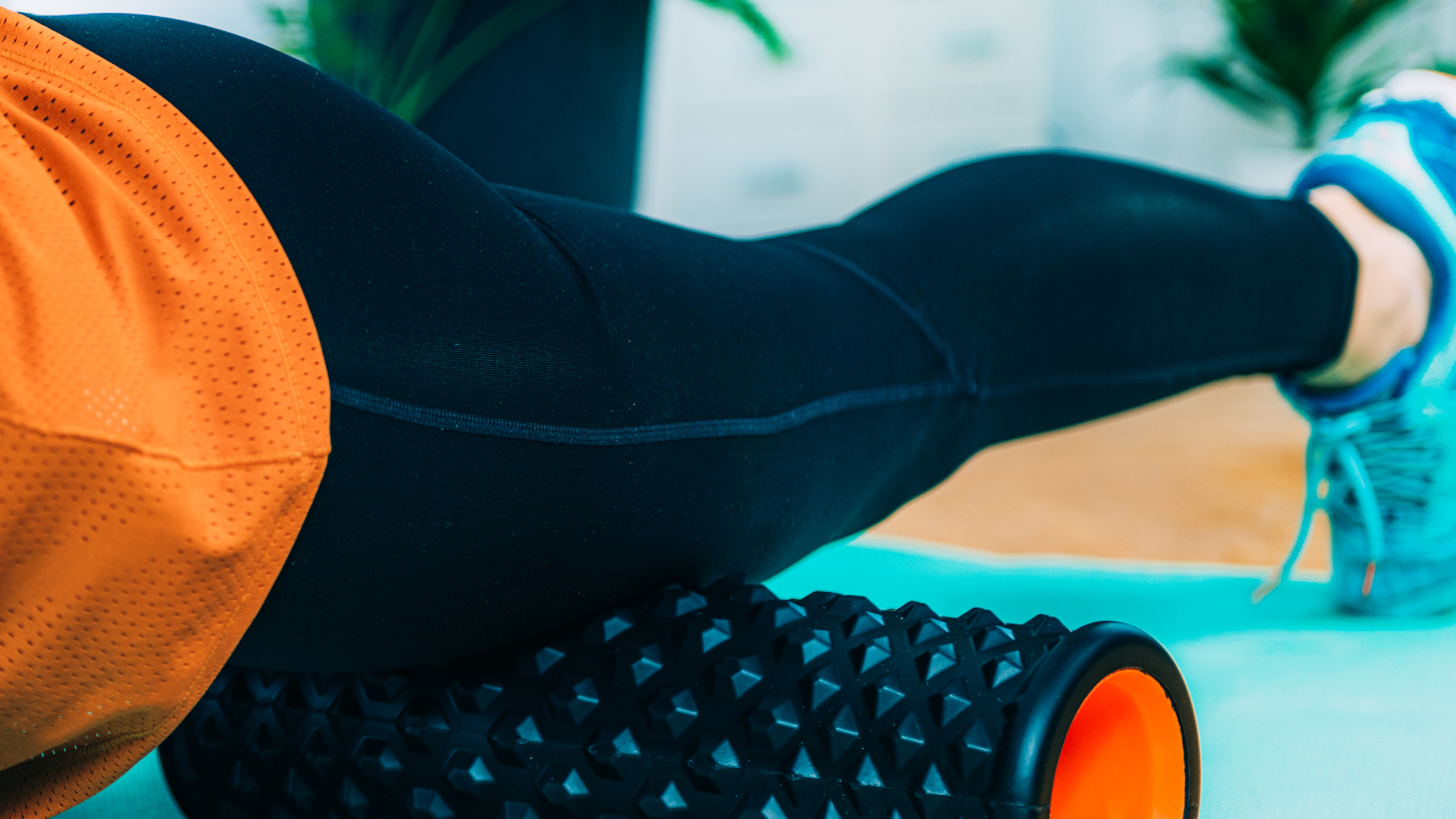
It’s a Sunday night and I’m wincing in pain and grunting in displeasure as I roll out my IT band on the bedroom floor. The sensation, as you might know, is somewhere between intolerable excruciation and vague nausea, but I’ve been experiencing pain in my outer knee on my runs lately. It might be due to the new road running shoes I’ve been testing or it could be thanks to the metal screw in my outer knee following an ACL reconstruction seven years ago. Whatever the cause, it’s been painful enough for me to dig my foam roller out from underneath a mountain of camping equipment in my closet, dust it off, and try some self-torture.
I lived in Vail, Colorado when foam rolling first became “a thing” and in a town where everyone seems to be an elite athlete, recovery tools tend to catch on fast. Over the last 15 years, I’ve gradually been indoctrinated to the idea that, as a hiker, runner and skier, it’s something I really should be doing to offset muscle tightness caused by my chosen activities. Further, along the way I’ve definitely picked up the widely touted idea that, because the IT band is a strip of fascia that runs from hip to knee, and not a muscle, there’s not much point in stretching it, but you can roll it when it feels tight.
That said, I rarely do it, because as I’ve already mentioned, it feels horrific. Like sticking pins and needles into my thigh. Instead, I own a foam roller because I feel I should, but only use it about once every three years and rely on yoga and massage instead. Much nicer.

I sheepishly admit all this to my new physical therapist the following Wednesday. I’ve come in for some advice on my knee and I expect her to gently reprimand me on being more consistent with my rolling.
“Your IT band is just connective tissue anyway, so foam rolling it doesn’t really do anything. I wish people would stop doing it” she responds.
I’m instantly intrigued.
You mean to tell me that these infrequent agony sessions are pointless? We chat a bit more and she elaborates that there just isn’t any science to suggest that foam rolling your IT band is useful. Being who I am, I immediately go home and start looking up studies. After all, if I can arm myself with research to justify not doing things I find uncomfortable, all the better!

What does the science say about rolling your IT band?
It turns out that a lot of our assumptions about foam rolling simply aren’t backed by science – yet anyway. You’ve probably heard that foam rolling makes a great recovery tool for athletes like runners, but a 2019 meta-analysis of 21 studies on foam rolling published in the journal Frontiers in Physiology actually concluded that the evidence “seems to justify the widespread use of foam rolling as a warm-up activity rather than a recovery tool,” producing small improvements on sprint performance and flexibility. So it might be useful before you hit the trail, but not necessarily afterwards.
Regarding IT band rolling specifically, a small 2021 study published in the International Journal of Sports Physical Therapy found that a single session of foam rolling – in other words, what I’ve been doing – does not affect short-term IT band stiffness (it also hasn’t been found effective in Patellofemoral Pain Syndrome). It is of course possible that regular, long term use would provide different results, but such a study hasn’t yet been published and that’s enough for me.
If you’re reading this and also kicking yourself for spending so much time in self-inflicted torment, all is not totally lost. A 2015 study published in the Journal of Athletic Training suggests that it can be effective in reducing Delayed Onset Muscle Soreness, so if you ran downhill yesterday, it might be worth rolling, but probably better to focus on your quads rather than your IT band.

“If it helps, it helps”
Now even this cursory glance at the science, or lack of it, begs the question – how has foam rolling become so popular? According to Business Research Insights, the global foam roller market size was in excess of $320 million in 2022 and is projected to more than double by 2031. Broadly speaking, most of my immediate friends have a foam roller kicking around somewhere at home and we all just generally agree that it’s a good thing without much questioning.
The popularity of IT band rolling is no doubt being driven by a fleet of trainers and physios who endorse it, leading to the ubiquity of foam rollers in public gyms, signalling to all of us that we should be using them. Compared to recovery tools like sports massage, it’s a relatively inexpensive tool. A basic foam roller like this one on Amazon runs less than $15, and since rolling can be done at home and only takes a few minutes, it doesn’t require a major time commitment. If you believe the rewards are as great as your trainer says they are, there’s almost no reason not to give it a go.
Finally, before you throw out your foam roller with your New Year’s resolutions, don’t forget these parting words from my physio: “if it helps you then it helps you, does it?”
In other words, foam rolling your IT band might actually work for some people, no matter what the studies say.
And if, like me, you can’t stand foam rolling your IT band and aren’t seeing any benefit from it, well good news – you’re free.







